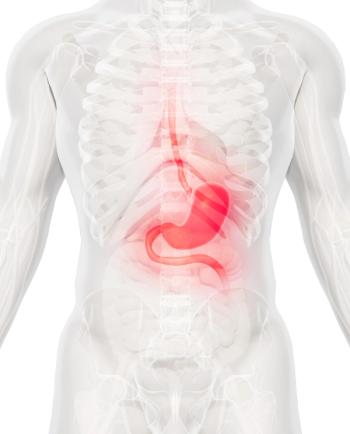
FDA Allows Marketing of Tissue Containment System for Use in Power Morcellation
While continuing to warn against use of laparoscopic power morcellators for the removal of uterus or uterine fibroids in most women, the FDA is allowing the marketing of a containment system for use with certain power morcellators to isolate tissue not suspected to be cancerous.
The US Food and Drug Administration (FDA) is allowing the marketing of PneumoLiner, a containment system for use with certain laparoscopic power morcellators to isolate uterine tissue not suspected to be cancerous.
“The PneumoLiner is intended to contain morcellated tissue in the very limited patient population for whom power morcellation may be an appropriate therapeutic option-and only if patients have been appropriately informed of the risks,” said William Maisel, MD, MPH, deputy director for science and chief scientist at the FDA’s Center for Devices and Radiological Health in a statement, in a
Use of laparoscopic power morcellators may inadvertently spread undetected cancer cells. The FDA estimates that about 1 in 350 women who undergo a hysterectomy or myomectomy for fibroids is found to have an unsuspected uterine sarcoma.
“This new device does not change our position on the risks associated with power morcellation. We are continuing to warn against the use of power morcellators for the vast majority of women undergoing removal of the uterus or uterine fibroids,” said Maisel.
PneumoLiner is a containment bag and tube-like plunger that delivers the device into the abdominal cavity. The tissue is placed in the bag and the bag is inflated, providing an isolated space for the tissue and visualization during the tissue break up process. The device was tested in the laboratory to simulate intended use as well as worst-case scenario conditions, according to the FDA. Testing of the device found the bag to be impermeable to other tissues, cells, and body fluids and provided enough space for the surgeon to perform the morcellation.
According to the FDA, the PneumoLiner device is only permitted when the uterine tissue is not suspected to harbor cancer. The FDA is also requiring the device’s manufacturer to warn clinicians and patients that the device has not been proven to reduce the risk of spreading cancer during these procedures.
The device is indicated for a limited patient population of women without uterine fibroids who are undergoing a hysterectomy and certain premenopausal women with fibroids who want to maintain their fertility. For these women, the laparoscopic power morcellation procedure is an appropriate option compared to invasive surgery, noted the agency.
Potential risks associated with use of PneumoLiner include dissemination of the broken up tissue, injury to surrounding tissues or organs, infections, and a prolongation of the surgical procedure.
Newsletter
Stay up to date on recent advances in the multidisciplinary approach to cancer.
































































































